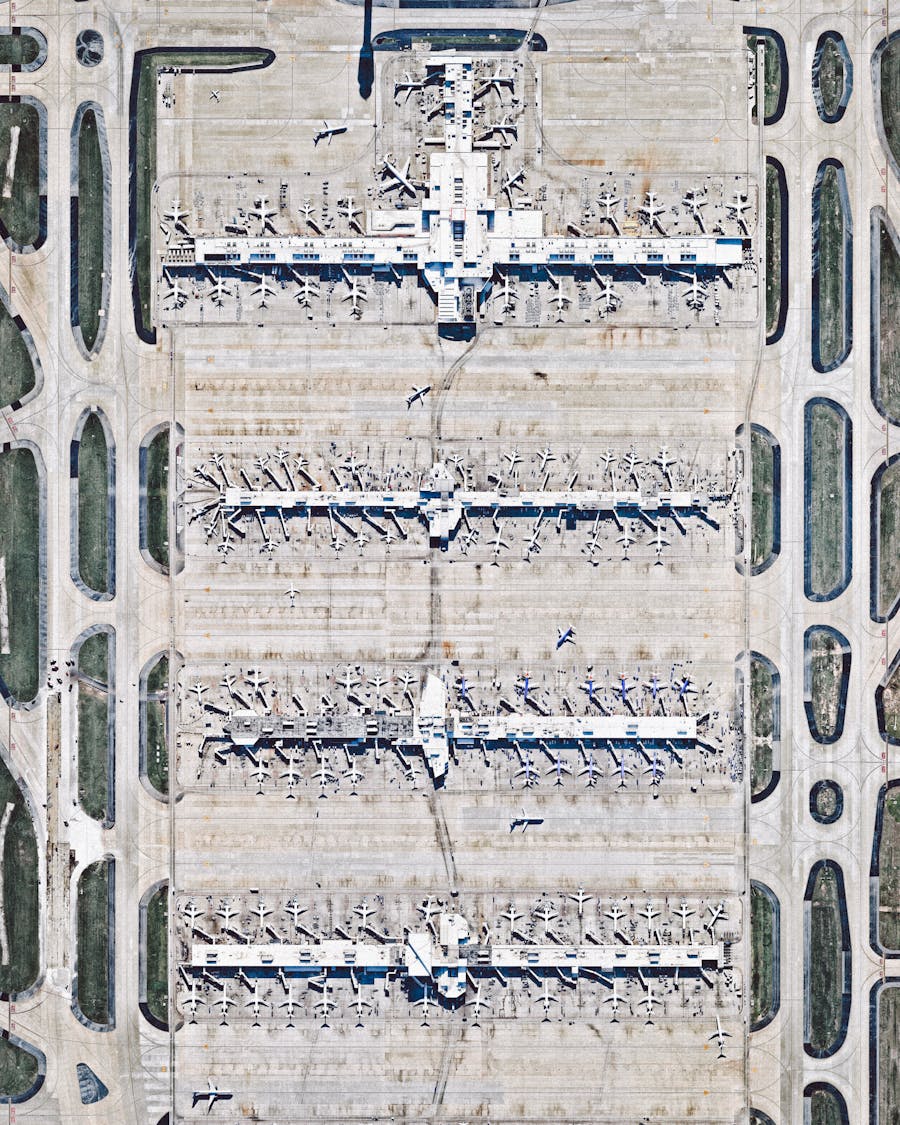Atlanta Hartsfield Airport, one of the busiest airports in the world, often experiences delays due to various factors such as weather conditions, technical issues, and air traffic congestion. Understanding these potential disruptions can help travelers plan their journeys more effectively. This article delves into the specifics of flight delays at Hartsfield-Jackson Atlanta International Airport, providing insights on what causes them and how you can stay ahead of any inconveniences.
Whether you're a frequent traveler or planning your first trip through this major hub, knowing about possible flight delays and cancellations is crucial. With thousands of flights operating daily, even minor disruptions can have significant ripple effects. Below, we explore recent statistics, the impact of severe weather events, and how airlines manage these situations to minimize passenger inconvenience.
Understanding Current Flight Delays
FlightAware.com offers live updates on flight delays and cancellations, giving passengers real-time information. As of today, Hartsfield-Jackson International has reported 21 delays. These numbers reflect both domestic and international flights affected by various operational challenges. The website also provides detailed statistics on cancellations, allowing users to view which airlines or airports are most impacted.
Accessing this data helps travelers adjust their plans accordingly. For instance, if a specific airline consistently experiences delays, passengers might consider rebooking with another carrier. Additionally, understanding the reasons behind these disruptions can aid in making informed decisions, whether it's related to weather, mechanical issues, or air traffic control.
By staying updated through reliable sources like FlightAware.com, travelers can better anticipate potential delays and take proactive measures to mitigate any travel disruptions.
Winter Storm Impact on Atlanta Flights
A recent winter storm wreaked havoc on travel schedules at Hartsfield-Jackson Atlanta International Airport, resulting in over 1,400 flight cancellations. Such severe weather conditions highlight the vulnerability of air travel during unexpected climatic events. Passengers faced not only cancellations but also significant delays, complicating travel plans for many.
Airlines responded swiftly by implementing contingency plans to accommodate stranded passengers. However, the sheer volume of affected flights overwhelmed airport resources, leading to extended wait times and overcrowded terminals. Travelers were advised to check their flight status regularly and contact their airlines for rebooking options.
This incident underscores the importance of flexibility when traveling during seasons prone to inclement weather. Packing essentials for overnight stays and maintaining communication with airlines can ease the stress associated with unforeseen travel interruptions.
Tracking Specific Flight Movements
Tucson International Airport serves as an example of how regional airports coordinate with larger hubs like Atlanta. Recent data shows that an American Airlines flight from Phoenix experienced a delay arriving at Hartsfield-Jackson Atlanta International Airport. Similarly, another American Airlines flight departing from Chicago was rescheduled earlier than its original timing.
Such fluctuations in flight schedules demonstrate the interconnectedness of global aviation networks. A delay in one location can cascade into subsequent disruptions elsewhere. Passengers relying on connecting flights must account for these possibilities by building buffer times into their itineraries.
Utilizing tools like flight trackers enables individuals to monitor their journeys closely. These platforms provide up-to-the-minute updates on arrivals and departures, empowering travelers with timely information necessary for smooth transitions between flights.
Recovering From Winter Weather Disruptions
Delta Air Lines actively works towards restoring normal operations following adverse weather impacts. After encountering worse-than-expected winter conditions, the airline mobilized teams to address operational challenges swiftly. More than 1,500 flights were canceled during peak disruption periods, emphasizing the scale of recovery efforts required.
Airlines employ sophisticated systems to analyze weather patterns and predict potential disruptions. This foresight allows them to implement preemptive measures, such as pre-emptively canceling flights or rerouting aircraft to safer destinations. By doing so, they aim to reduce overall passenger inconvenience while ensuring safety remains paramount.
Passengers benefit from transparent communication throughout such processes. Regular updates regarding flight statuses and alternative arrangements ensure that travelers remain well-informed and prepared for any changes in their travel plans.
Monitoring Airport Operations During Hurricanes
Hurricane Helene posed another challenge for Hartsfield-Jackson Atlanta International Airport, requiring careful coordination among stakeholders. While the airport remained open, there were anticipatory cancellations and delays as the storm approached. Such proactive measures help mitigate risks associated with severe weather events.
Airports maintain robust emergency response protocols designed to handle natural disasters efficiently. These include temporary closures, increased staffing levels, and enhanced security measures to safeguard infrastructure and personnel. Communication channels are established with local authorities and meteorological agencies to ensure accurate forecasting and timely decision-making.
For travelers, awareness of potential disruptions caused by hurricanes is vital. Staying informed about airport advisories and adhering to recommended precautions ensures smoother travel experiences despite challenging circumstances.

